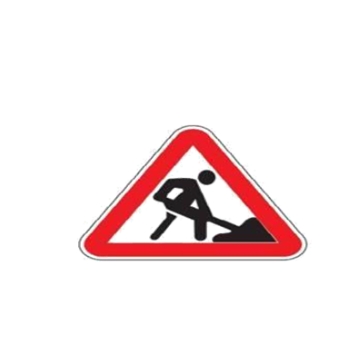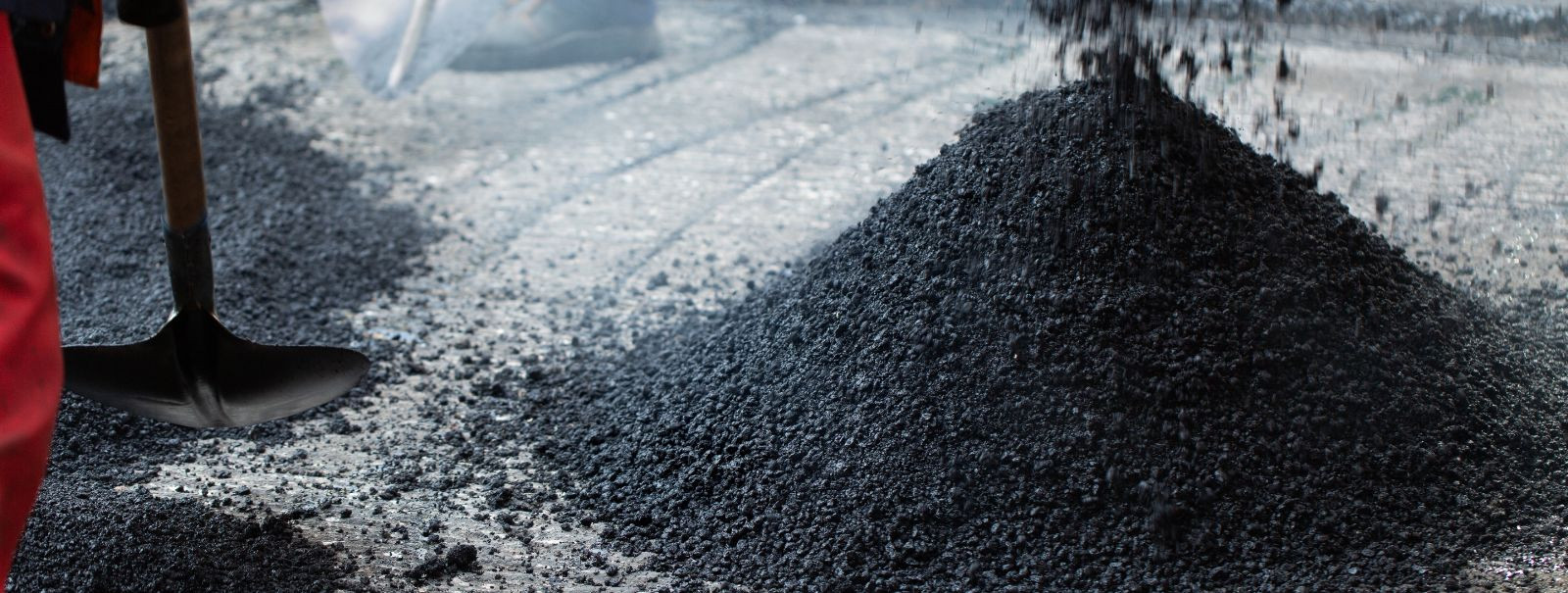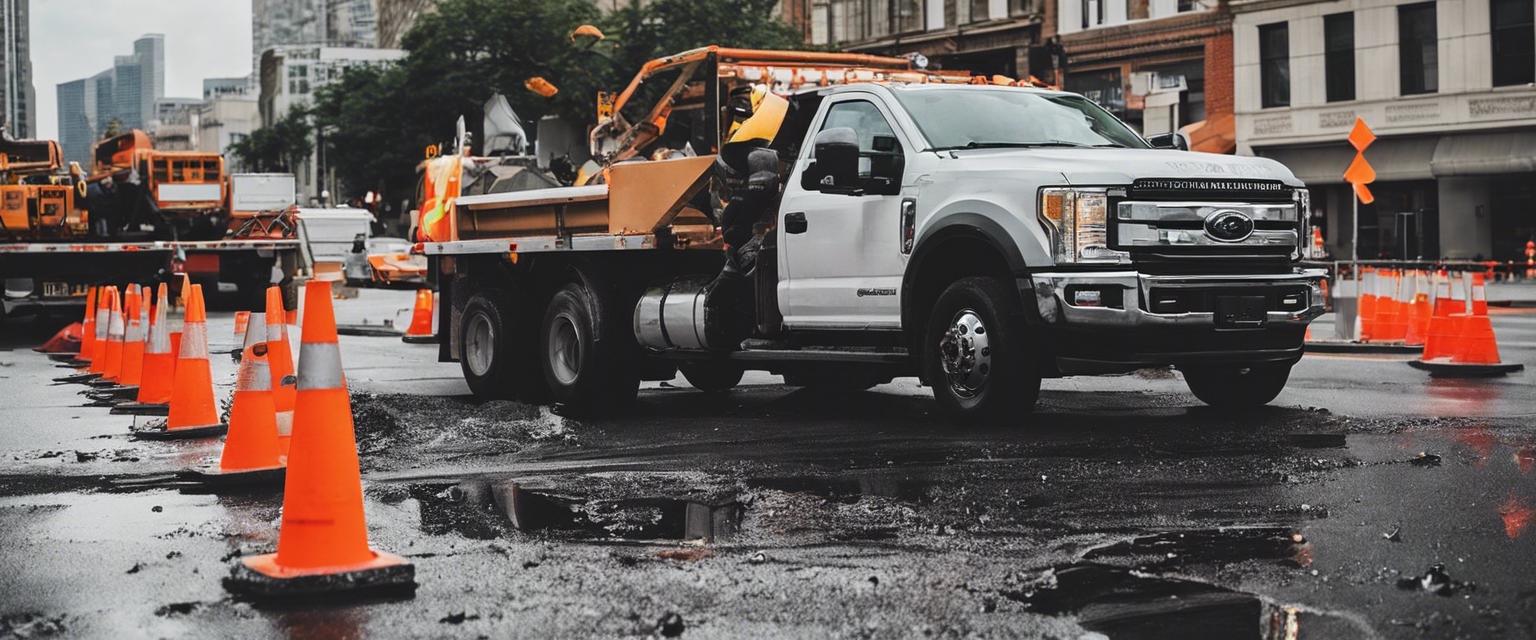How to extend the life of your roads with regular maintenance
Road maintenance is a critical aspect of infrastructure management that ensures the longevity and safety of road networks. Regular maintenance not only extends the life of roads but also prevents the escalation of minor issues into major, costly repairs. For local municipalities, commercial property managers, and construction companies, understanding the importance of road maintenance is the first step towards sustainable infrastructure.
Regular road maintenance offers numerous benefits including improved safety for drivers and pedestrians, reduced vehicle damage, and long-term cost savings. By investing in maintenance, stakeholders can avoid the higher costs associated with emergency repairs and road closures, while also enhancing the overall appearance and functionality of the roadways.
Assessment and Planning for Road Maintenance
Proactive road inspections are essential for identifying potential issues before they become serious problems. These inspections should be thorough and cover all aspects of the road, including the surface, sub-surface, and adjacent areas. Documenting and analyzing the findings helps in planning effective maintenance strategies.
Developing a maintenance schedule is crucial for systematic upkeep. This schedule should be based on the inspection findings and prioritize tasks according to the severity of issues and available resources. A well-planned schedule ensures that maintenance is performed regularly and efficiently.
Not all road areas require the same level of attention. Identifying priority areas for maintenance allows for the allocation of resources where they are needed most, ensuring that the most critical sections of the road network receive timely maintenance.
Essential Road Maintenance Techniques
Potholes are a common and hazardous road defect. Timely repair and patching are necessary to prevent accidents and further road deterioration. Using quality materials and proper techniques is key to a durable repair.
Cracks in the road surface can lead to significant damage if water penetrates and weakens the sub-surface. Sealing and filling cracks is a cost-effective way to extend the life of the road by preventing water ingress and subsequent damage.
Sealcoating protects the road surface from UV rays, water, and chemical spills. Surface treatments such as slurry seals and chip seals also restore the road's skid resistance and improve its overall condition.
Proper drainage is vital for road longevity. Ensuring that water is effectively channeled away from the road prevents erosion and structural damage. Regular cleaning of drainage systems and repair of any damage are important maintenance tasks.
When roads are beyond simple repairs, rehabilitation or reconstruction may be necessary. These processes involve more significant work but are essential for restoring the road's structural integrity and serviceability.
Adopting Sustainable Road Maintenance Practices
Choosing sustainable materials for road repairs not only benefits the environment but can also be cost-effective in the long run. Eco-friendly options are increasingly available and should be considered in maintenance plans.
Advanced technologies such as geospatial analysis, sensor-based monitoring, and predictive analytics can greatly enhance the efficiency and effectiveness of road maintenance. Embracing these technologies can lead to better planning and execution of maintenance tasks.
Well-trained maintenance crews are essential for the successful implementation of road maintenance programs. Ongoing training and education ensure that crews are up-to-date with the latest techniques and best practices.
Financial Planning for Road Maintenance
Accurate estimation of maintenance costs is crucial for financial planning. This involves considering the current condition of the roads, the materials and labor required, and the frequency of maintenance tasks.
Securing adequate funding is a challenge for many road maintenance programs. Exploring various funding sources, including government grants, public-private partnerships, and dedicated road maintenance funds, is essential for sustainable maintenance efforts.
Performing a cost-benefit analysis helps in determining the most economically viable maintenance interventions. This analysis takes into account the long-term benefits of maintenance activities compared to their costs, guiding decision-makers in allocating resources effectively.






Comments (0)